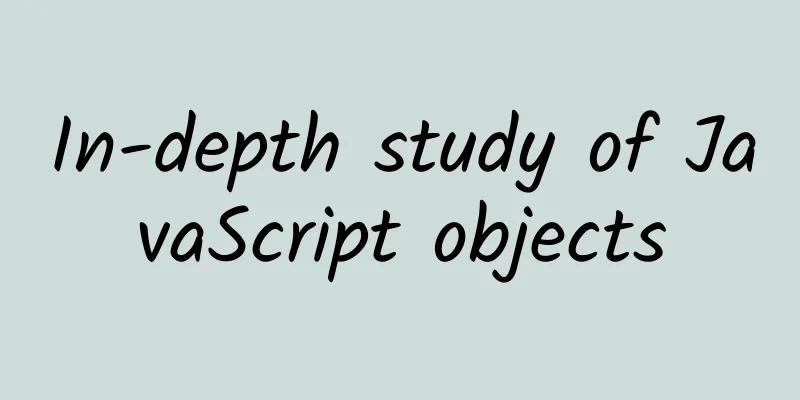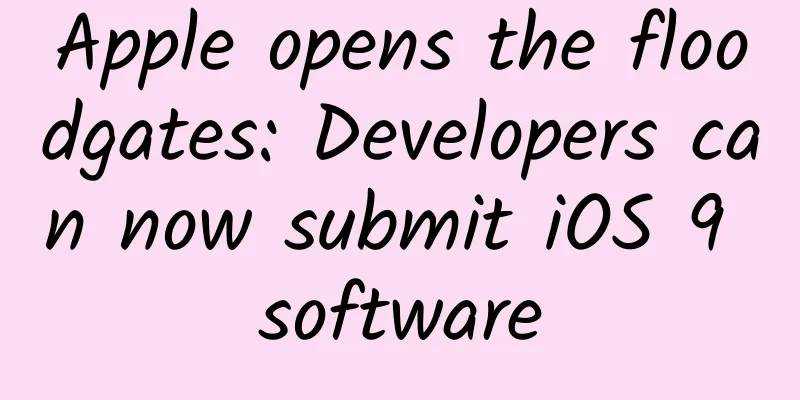Still using enumerations? I gave up on them a long time ago! (Android annotations explained)

|
Preface: Use Support Annotations to optimize code This article explains how to use Support Annotations to optimize code, such as using Android's unique magic variable annotations to replace Enum and other functions. Don't think that reflection will affect performance when you see the use of annotations. Today we will learn about Android Support Annotations to optimize our code, increase readability, and eliminate more errors in the bud. Support Annotations Introduction: The Android support library continues to introduce new annotation libraries, which contain many useful meta-annotations that you can use to modify your code and help you find bugs. The support library itself also uses these annotations, so as a user of the support library, Android Studio has already verified your code based on these annotations and marked potential problems. How to introduce Support Annotations: Annotations are not included by default; they are packaged as a separate library. If you use the appcompat library, Support Annotations will be automatically imported because appcompat uses Support Annotations. If not, you need to add the following configuration in build.gradle:
If you have already imported appcompat v7, there may be no need to reference support-annotations again, because appcompat includes a reference to it by default. Support Annotations Category: Typedef annotation: IntDef / StringDef (Android-specific magic variable annotation instead of Enum) Enum in Android Enum is a complete class in Java. Each value in the enumeration is an object in the enumeration class. So when we use it, the enumeration value will consume more memory than the integer constant. When we use enumeration in Android applications, if our program itself consumes a lot of memory, or it is a game application. Then we can use constants instead of enumeration. But after using constants instead, we can't limit the value. So what's a good way? Of course, there are some handy annotation helpers in the Android support annotation library that we can use to solve our previous problem (at compile time). IntDef and StringDef are two magic variable annotations. Use these two to replace the Enum used before. It will help us select the function of the variable like Enum when compiling the code. @IntDef is very similar to "typedef". You can create another annotation and then use @IntDef to specify a list of integer constant values you expect. Then you can modify your API with this defined annotation. Next, let's use IntDef to replace Enum.
illustrate:
Only the specified type must be passed in when calling. If the passed type is incorrect, the compilation will fail. We can also specify integer values as flags, which means that these integer values can be ANDed or ORed using '|' or '&'. If we define @Flavour as a flag like this:
Then you can call it as follows:
The usage of @StringDef is basically the same as @IntDef, but it is only for String type. How is it? It is quite simple to use. If you are just looking for a way to replace Enum for the title, you can jump to the end of the article and click "Like" to leave. If you want to know more about the powerful functions of annotations, then continue reading the following content! Nullness Annotation The @Nullable annotation can be used to indicate that a specific parameter or return value can be null. The @NonNull annotation can be used to indicate that a parameter cannot be null. Resource Type Annotation Resources are passed as integer values in Android. This means that code that wants to get a drawable as a parameter can easily be passed a string type resource, because their resource ids are all integers, and the compiler has difficulty distinguishing them. The Resource Type annotation can provide type checking under such conditions, for example: If the type is specified incorrectly, the compilation will fail. Common Resource Type annotations are used to specify an integer parameter, member variable, or method to check the corresponding resource type.
The above basically covers all resource types, but sometimes you need to set the color value through RGB color integer. In this case, you can use the @ColorInt annotation to indicate that you expect an integer value representing the color. If you use it incorrectly, the compilation will also fail. Threading Annotation For example, if we are dealing with time-consuming operations in our project, we need to specify that they should be executed in the working sub-thread. We can use the Threading annotation. If they are not executed in the specified thread, they will not compile. Several Threading Annotations
Value Constraints annotations: @Size, @IntRange, @FloatRange In the actual development process, we may sometimes need to set a value range. In this case, we can use the value range annotation to constrain it. For example, we set a percentage with a value range of 0-100. For data, collections, and strings, you can use the @Size annotation parameter to limit the size of the collection (when the parameter is a string, you can limit the length of the string). A few examples
Permissions annotation: @RequiresPermission Sometimes our method calls require the caller to have specified permissions, then we can use @RequiresPermission annotation,
In addition to the single usage method above, the official also provides the following usage scenarios (1) If you need at least one of the permissions in the set, you can use the anyOf attribute
(2) If you need multiple permissions at the same time, you can use the allOf attribute
(3) For permissions on intents, you can directly mark the permission requirements on the defined intent constant string fields (they are usually already marked with the @SdkConstant annotation)
(4) For permissions on content providers, you may need to separately annotate read and write permissions, so you can annotate each permission requirement with @Read or @Write
Overriding Methods Annotation: @CallSuper If your API allows users to override your methods, but you need your own methods (parent methods) to be called when overriding, you can use the @CallSuper annotation. For example: Activity's onCreate function
After using this, when the overridden method does not call the parent method, the tool will give a mark prompt Return Values Annotation: @CheckResult If your method returns a value and you expect the caller to do something with that value, you can annotate the method with the @CheckResult annotation. This function is rarely used in actual use, except in special circumstances, such as processing a data in a project. This processing is time-consuming. We hope that the caller of this function will be prompted that it is not used when the processing result is not needed, and delete the call as appropriate. Keep Annotation Keep: Indicates that a method should be retained when being obfuscated. When compiling and generating APK on Android, we usually need to set minifyEnabled to true to achieve the following two effects:
But for some purposes, we need not to confuse some code or delete some code. In addition to configuring complex Proguard files, we can also use the @Keep annotation.
Other notes VisibleForTesting: You can annotate a class, method, or variable to indicate that it has looser visibility so that it can have wider visibility and make the code testable. IntelliJ Annotations
Conclusion After consulting materials and blogs, I systematically studied and summarized the content of Support Annotations. Using Support Annotations in coding can improve code readability and check some errors when loading classes. It will not affect performance because the life cycle of annotations in Support Annotations is all RetentionPolicy.class. You can try to use it in future coding. |
<<: 50 Tips, Tricks, and Resources for Android Developers
>>: How can you do Android development if you don’t even understand Context?
Recommend
5 things you must know about APP promotion, have you passed them?
Many students who do APP promotion spend their wh...
8000 words, deciphering the operation routines of Internet financial industry activities
As the saying goes, "every industry has its ...
The most comprehensive iOS language learning materials collection
This learning material is prepared for iOS beginn...
The logic behind creating popular articles on Xiaohongshu is all here!
Although I have talked a lot about Xiaohongshu no...
Others with 0 followers can easily get 100,000 likes on Douyin. What is Douyin’s recommendation algorithm?
Tik Tok 's decentralized algorithm gives ever...
What happens from URL input to page display?
Preface What exactly happens when you open a brow...
Is Chinese people's privacy worthless? Comparison of domestic and foreign apps reveals unexpected results
Recently, App privacy has once again become a hot...
Turtle Class·Taobao Virtual No-Source E-commerce Course 5
The course comes from the 1st, 4th and 5th editio...
How to write the competitive product word creative ideas for bidding hosting companies?
We have mentioned before that visitors have three...
Taobao discriminates against the "poor" on Double Eleven, and it's the user portrait that's causing trouble!
Double Eleven is coming soon, and many friends ha...
Deloitte released a report at the Bund Conference: It is expected that mobile consumption in Asia will more than triple by 2025 compared to 2019
This morning, Deloitte released a report titled &...
iOS Symbol Table Recovery & Reverse Alipay
Recommendation This article introduces the techni...
Foshan WeChat Mini Program Mall Ranking, What are the factors that affect the ranking of mini programs?
Open the APP on your phone, no matter which e-com...
Apple Store apps are frequently removed from the shelves and subtitles are rejected. How can we ensure accurate and safe promotion?
The recent frequent actions of the Apple Store ha...
A Raspberry Pi with Windows 10 is still $35
Raspberry Pi, which "sticks to the $35 price...









